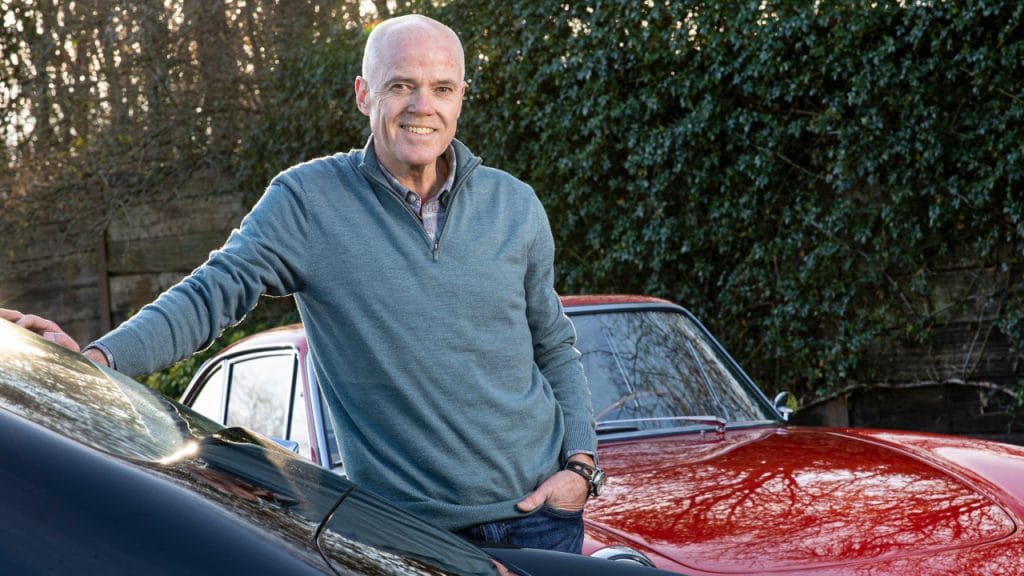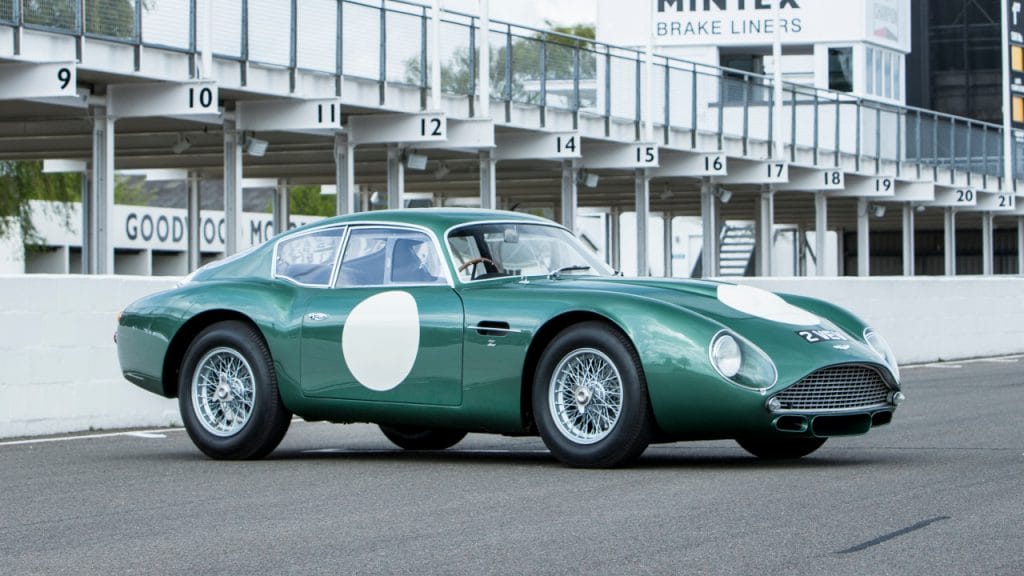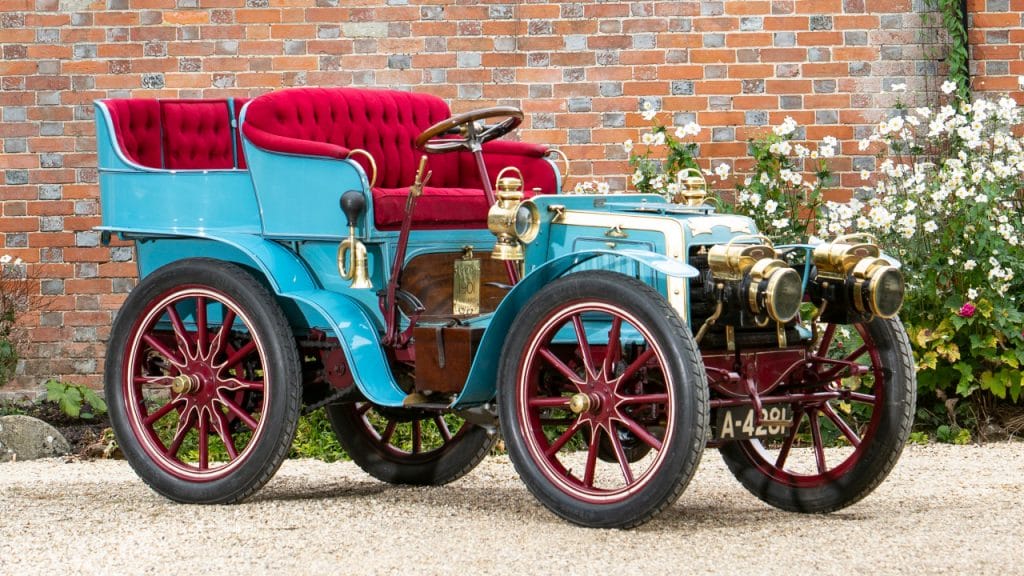You can leave a watch in a drawer, or an art piece in a case. A classic car, however, is a different type of collecting altogether – it needs attention and maintenance, and benefits from a certain amount of time on the road. Add on the myriad of taxes, fees, and logistics such as transport and storage – and, of course, finding spare parts and a qualified mechanic to install them – and it is a miracle at all if a car does not haemorrhage money.
But there is the emotional aspect to consider also. How else could a 1962 Ferrari 250 GTO achieve nearly US$50 million at auction in 2018? That Ferrari is no mere machine, but a curvaceous symbol of desirability that has adorned many a bedroom wall.

The ‘bedroom wall’ effect is key – ultimately, if people want a particular car, they are willing to pay for it. “Any car that has the ‘holy trinity of condition, originality, and provenance – i.e. history – will always be sought-after,” says James Knight, Bonhams Group Motoring Chairman.
“Condition can mean a car that is immaculate concours condition,” he elaborates, referring to the classic car shows where presentation is everything. Failing that, as is so often the case with older, vintage vehicles, a desirable patina – wearing in the right way – will somewhat make up for it.
Originality means that the car needs to be as close as possible to the state it was in when it left the production line. Matching chassis and engine numbers are a must, and it has to have been well-maintained enough that it has had few – if any – replacement parts.

Provenance, meanwhile, refers to the story of the classic car itself, and how well that story is told. Documentation and establishing a chronology is essential, while an interesting life – such as proof of an early racing career, or winning track record at a concours d’elegance – is icing on the cake.
“If a car has all these criteria, it is considered best-in-class,” Knight says. “It doesn’t have to be a Bugatti, but it is an outstanding example of its type.”
As for the type of classic car that collectors find the most appealing – well, a glance through successful auction listings will reveal a lot of Ferraris and Aston Martins from the 50s and 60s. But tastes do evolve.

“We are seeing a trend of modern classics and supercars becoming ever more popular. The demographic of buyers is changing – younger buyers are entering the classic market and they are looking at the ‘poster’ cars of the 1980s, 90s and even of this century,” Knight explains. One such example is the Lamborghini Veneno Roadster sold by Bonhams in 2019. Dating to 2014 – barely a moment ago, in vintage car terms – it was a limited-production supercar that was essentially a souped-up Aventador that originally asked €3 million. The Bonhams sale netted SFr8.3 million (about €7.5 million), a record-setting figure for Lamborghini.
Another example is hot hatchbacks. Once considered boorish and dismissed as low-value, they seem to be shaking off their boy racer stereotype and are becoming more in-demand.

Knight has also observed another trend that appears to buck the demographics: the appreciation of older, ‘dawn of motoring’ vintages. “In our Golden Age of Motoring Sale in London last October, for example, a 1901 Panhard-Levassor Type A2 7HP Twin-Cylinder Rear-Entrance Tonneau sold above estimate for £322,000.”
As ever, though, it is the future which looms in the minds of collectors – particularly as electrification takes hold and combustion engines become a relic of the past. Knight believes the market will ultimately remain resilient. “Electrification will have a bearing on the long-term future of the market. We saw a similar concern when leaded fuel was unavailable at the pumps, but we overcame that,” he says. “My view is that as long as there’s a will, there’ll be a way. Look at historic motor racing, where methanol is required. It is obtainable and the racing scene thrives.”

“Some modern-era cars will also become classics and collectible,” he adds. “We have already sold the first incarnation of the Tesla.” He is referring to a first-generation Tesla Roadster from 2008, the model that put the upstart electric motoring brand on the map. It sold for US$71,500 in 2018, a figure approaching the original sale price at launch. It is no Lamborghini, but still not too shabby for a ten-year-old car – and one with a recent US$30,000 battery upgrade, at that.




